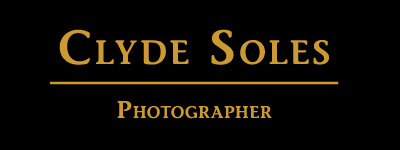For this trip, I carried much of the camera gear that goes on climbing and diving expeditions:
Mamiya 6 medium format body with 50mm, 75mm, and 150mm lenses. The rangefinder body is very compact (smaller than pro 35mm cameras) and the lenses outperform virtually everything, including Zeiss.
Olympus OM4t 35mm body with Zuiko 16mm, 18mm, 24mm/f2, 50mm/1.2, 180mm/f2.8, 1.4x extender. This is still the best camera system for expedition photography due to compactness, lightweight, reliability, and exceptional lens performance. Since you are at the bottom of a canyon and often shooting in shade, fast lenses are essential.
Horizon 35mm panoramic camera. A Russian camera with a 28mm lens that swings to deliver a 120° horizontal angle of view. There is no light meter or focus but it is reliable and has a surprisingly good lens (quality control is rumored to vary widely).
Nikonos III 35mm camera with 35mm lens. This classic underwater camera is nearly 30 years old and has been on numerous dives. It has no light meter and you guess at the focus but it's very rugged and has a very sharp and contrasty lens.
Gitzo 1228 Mountaineer carbon fiber tripod with Arca Swiss ballhead and RRS release plates. Simply the best combination of stability, compactness and lightweight.
Kodak E100G and E100GX slide film. The latest film from Kodak is sharpter than the old E100S and SW. This was my first experience with this generation of film and I was quite pleased with the color rendition, contrast, and lack of grain.
LowePro Street and Field modular camera cases. This system is far superior to any other I've used or seen. It's very fast to customize what goes on a day hike and the rain capes are invaluable for keeping gear dry.
Tundra Sea King 821 waterproof case. Remove all the foam and dividers and carry the camera bags inside. It will leak unless you run two webbing straps around the case to hold it to the raft.
The 35mm slides were scanned full frame using an Epson 3200 and reduced to 650 x 415 pixels. The panorama photos are sized at 1015 x 415 pixels to show the full width of the image. However, the 6x6cm medium format images are reduced to 650 x 650 pixels. To keep the scaling correct, they should be 1000 x 1000 pixels but that won't fit on many computer screens.
Do not judge image quality from these scans as they are "fast and dirty." Suffice to say, the 35mm photos will blow away images from any portable digital camera currently available (or forseeable within 5 years). And the medium format images are far superior in detail and tonality to what any 35mm system can produce.


